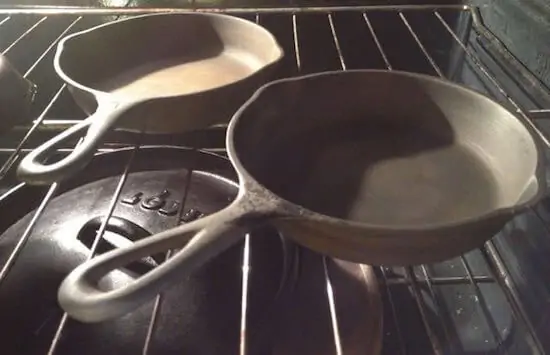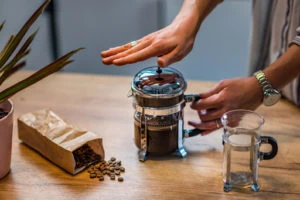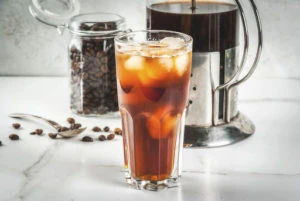Seasoning cast iron is a process, and it is literally the foundation on which you cook your food.
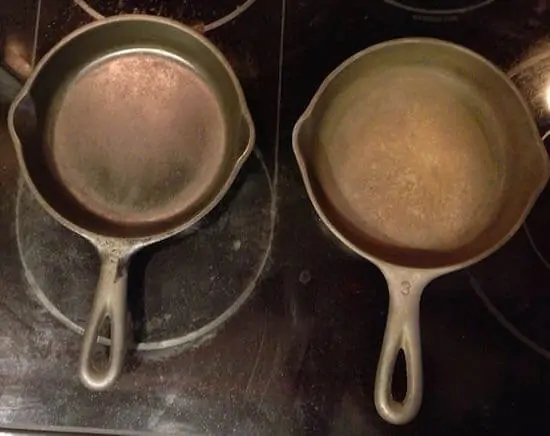
It is critically important to prolong the longevity of your cookware and protect it from the elements, especially moisture.
If you ask five cast iron enthusiasts how to season cast iron, you will probably get six answers.
And, if you ask the right person, he or she may have six answers all on their own! Some people swear on bacon grease or Crisco, others flaxseed oil, and others will use anything.
Most likely, each answer is partially correct and will get you a pretty darn good foundation to cook on.
Check out my favorite pan at Amazon – the Lodge 12 incher
What Does It Mean to Season Your Cast Iron Pan?
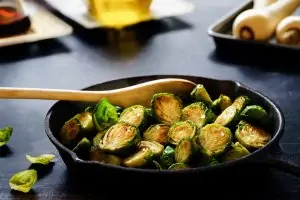
When something is subjected to high heat, the fat molecules begin to break down into short polymers. The polymers then bond with carbon and bare iron and in doing so, form a glaze. And this is what we commonly refer to as the seasoning of the pan.
The pan becomes smooth and forms a barrier between the air and the iron of the pan ensuring that the pan will not begin to rust. After each use, the seasoning on the pan continues to build up.
One of the best ways to build up the seasoning a cast iron pan is to use the pan as often as you can. Every time you use the pan to cook, you are adding another thin layer of seasoning and these thin layers form a slick surface.
The initial coats of seasoning won’t look right at first but the more you cook with the pan, the more even the layers will begin to look. The layers need time to interlock and strengthen to create that durable layer of seasoning.
The Benefits of Seasoned Cast Iron
One of the biggest benefits of using a well-seasoned cast iron pan is the fact that the pan will continue to improve with use. You can’t say that about many other kitchen appliances.
A good cast iron pan can last for years and years — a lifetime — when maintained and taken care of and used often. It will outlast most of your other pans and will become just as slick and nonstick as the rest.
Another benefit is that they maintain heat. Instead of heating evenly or transferring heat, cast iron instead holds onto the heat. This means that once the pan is hot it will remain hot much longer than a stainless steel pan would, for example. Since it holds heat, it is the perfect surface to use for browning meat.
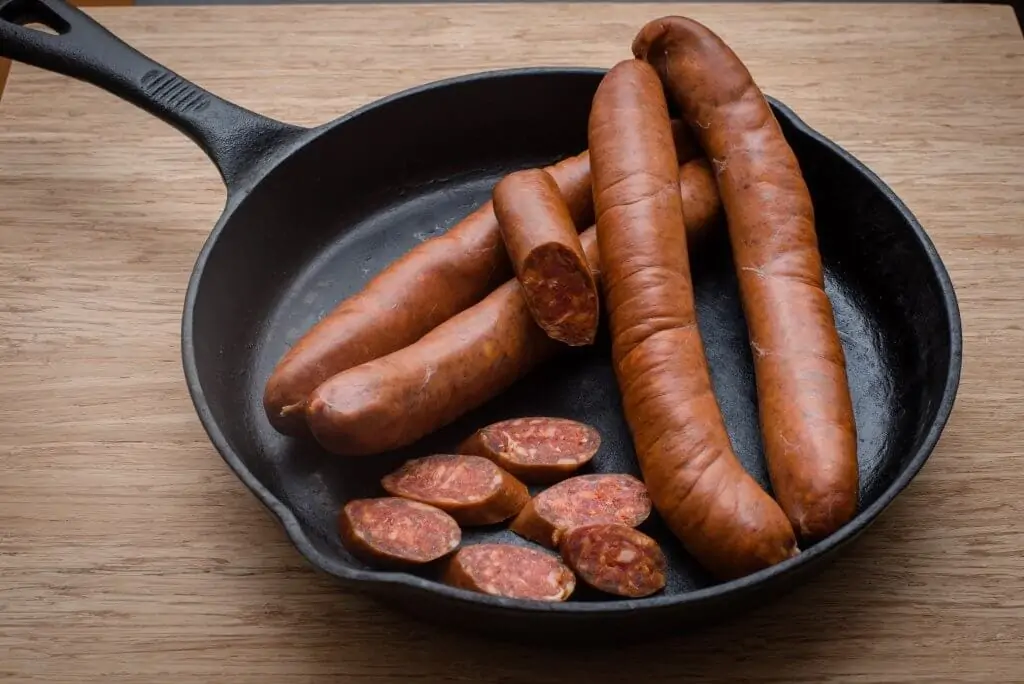
Its durability also can’t be surpassed. Cast iron pans are a kitchen item commonly passed down through the generations. It is virtually indestructible if you take the time to care for it properly.
Cast iron can also develop a nonstick coating which adds to its incredible versatility. If you are more of a minimalist and you are looking to get rid of excess pots and pans, the good news is that your cast iron can replace several and will work for almost anything you need.
They are also very easy to clean. Unlike other pans, you don’t have to use a lot of elbow grease to scrub away excess and stuck on food particles. However, some may disagree and argue that cast iron is too difficult to care for. But if you rinse the pan out while it is still warm and get rid of any leftover food, you can dry it off and eat your meal.
Once done, you can go back and add some oil to the pan, so it doesn’t begin to rust. You can let the oil heat up in the pan on the stovetop while you finish cleaning the rest of the kitchen. It doesn’t take much time at all.
The Best Oils and Fats to Use for Seasoning
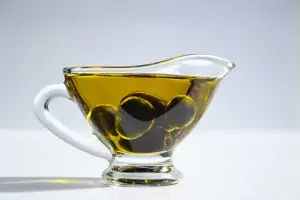
There is much debate when it comes to which oils are the best when seasoning cast iron. However, the best ones are the oils that are rich in polyunsaturated fatty acids. They are otherwise known as drying oils and usually thicken and harden when met with air. Refined grapeseed oil is a fan favorite.
A lot of people claim that flaxseed oil is one of the best as well, but some have found that it may become brittle because it is too high in these fatty acids.
You also want to steer clear of oils like lard and coconut oil when you are seasoning your pan in the oven because these oils break down and aren’t going to be able to efficiency open any bonding points.
What about Bacon Grease?
It’s not ideal exactly, but really any grease is going to get you there. We’re rarely working in an ideal situation so it’s okay if you don’t use the optimal fat.
Basically, any oil or grease is gonna work for you if it’s fat. Bacon grease is fat so it’s not going to mix with water. The punchline? The cast iron will be protected from water.
What if My Skillet Is Already Pre-Seasoned?
Pre-seasoned pans let you cook on the pan as soon as you get it home, but you have to keep in mind that these pans might not also be nonstick. Many of these pans advertised as pre-seasoned, also come coated with a couple of layers of oil on the top of the pan but they are less pre-seasoned because the oils haven’t actually been baked into the pan, the layers sit on the surface. However, they can provide you with a pretty good head start for seasoning the pan yourself.
During Cooking
Once you have seasoned your pan and begin cooking with it on a regular basis, there are still a few things to remember. First, a couple of tablespoons of butter or oil when you cook are always good and will keep the pan properly lubricated. You are not limited to the type of oil and fat you can use, but at the beginning, it might be best to stick with the grapeseed oil.
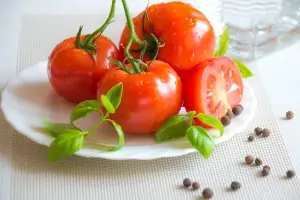
You should also always keep the cooking temperature on a medium-low heat after you have recently pre-seasoned the pan because the food may still tend to stick to the pan in the beginning. Keep cooking and keep building up those thin layers to create a slicker surface.
There are some foods that can wreak havoc to newly seasoned cast iron cookware. Tomatoes, citrus, wine, and vinegar can start to chip away at the seasoning and can even cause a sickening flavor to some more acidic foods you cook. To be safe, stay away from cooking these types of things in your pan until it has had ample time to build up its layers.
How to season cast iron
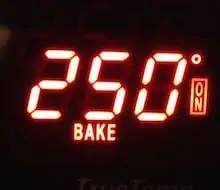
- Pre-heat your oven to 250F.
- Wash your cast iron cookware in hot water with soap and a stiff brush.
- Dry completely with paper towels then place in your oven for 20 minutes.
- Take out the cookware using heat-resistant gloves or a heating pad. Apply oil, bacon grease, or shortening with a paper towel to the cast iron to coat it entirely. Then get a fresh paper towel and wipe off the excess oil.
- Then, do it again. Yes, wipe off all the oil or shortening that you can. Yes, I am serious.
- Put the cast iron back in the oven and increase the heat to 350F. Let the cast iron sit for 60 minutes. Apply the oil or shortening again using the same method as before.
- After the 60 minutes has passed, raise the temp up to 500-550F. Wait for 60 more minutes and then turn off the oven. It will take a few hours for the cast iron to cool and this is good. We would like for the hot iron to cool down slowly in this case.
After this process is complete, you will have minimal protection for your cast iron and it will do the job for now. Your job will be to use this cookware. Cook your breakfast on there.
Use it for dinner too.
Use grease, oil, or fat on there, too.
Then do it again the next day and the one after that.
I think what I am trying to say is USE THE CAST IRON.
This will only improve the seasoning and the nonstick qualities of the cast iron.
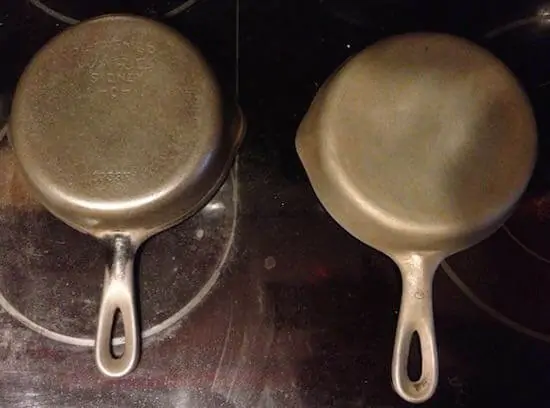
Cleaning Cast Iron Cookware
It is important to clean your cast iron cookware after every use. To do this, wipe the inside of the pan while it is still warm with paper towels. Doing so will remove any excess food and oil that are still in the pan.
Once everything has been wiped out, you can then rinse the pan under hot water while scrubbing it with a nonmetal brush or some kind of nonabrasive scrubber to remove anything that may be stuck on. You can also use a very small amount of soap if you wish, but don’t overdo it. Finally, rinse the pan well and dry it completely.
You should then lightly oil the skillet after each cleaning as well. Heat the skillet on medium-low heat to make sure that there is absolutely no excess moisture. You can then add approximately half a teaspoon of your oil with a paper towel. You want to wipe the surface until the pan appears darker and smooth and there is no residue left over. You can then let the pan cool completely before putting it away.
You should avoid using steel wool when you clean your cast iron as well because this can rub away the layers of seasoning you have been working so hard on. Instead, if you find food is stuck on and stubborn, you can use a bit of coarse kosher salt and some water. This won’t hurt the layers of seasoning but will help scrub away any stuck on messes. Once done, rinse the pan and dry it completely as you would any other time.
How Do You Know if the Pan Is Well Seasoned?
One of the easiest ways to test if your pan is well seasoned is by frying an egg on it. If the pan is well-seasoned, it will have darker almost semi-gloss looking finish. It also won’t be sticky or feel greasy and there will be no traces of rust or patches.
To fry the egg, heat one tablespoon of oil in the pan over medium heat for approximately three minutes and then crack the egg into the pan. An egg will not stick to a well-seasoned pan so if it doesn’t stick, you are good to go. If it does stick, you should repeat the seasoning steps again.
**Note on the oil: I use canola oil most of the time. However, some people say that flaxseed oil is better because it is harder – and more durable.
Commonly Asked Questions
-
“I thought you were not supposed to use soap on cast iron!?” That is definitely a good rule to follow, but when you are laying a new foundation of seasoning, it is advisable to go ahead and strip off the old oil and start new. Aside from this process, I have been able to refrain from using soap on cast iron. I just haven’t seen the need so sure follow this rule outside of seasoning cast iron.
-
“My Meemaw said to only use bacon grease to season cast iron.” That’s fine, use any kind of grease, fat, or oil that you prefer. Later we’ll explore using other fats like olive oil, flax seed oil, canola oil, Crisco, bacon fat, etc.… The point here is to coat the metal with something that repels water, something that is food grade, and something that you have on hand. It might be a little wasteful to use some first press California olive oil, but it will still work just fine. I am very interested in seeing how flaxseed oil works for the initial seasoning.
-
“I want a nice, thick, smooth, black coating of seasoning on my cast iron so why would I apply a super thin layer of grease and wipe it off!?” Great question. If you put the oil or fat on thickly, then you’ll end up with a sticky, black mess of carbon-y grease. Don’t ask me how I know that! So, the key aspect is to just be patient and put on a thin layer of your fat of choice. Your patience will be rewarded…and your impatience will be punished.
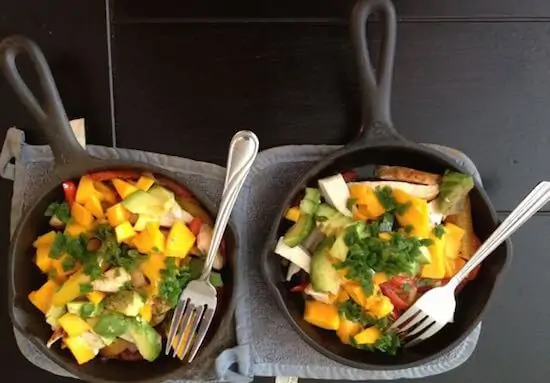
-
“I followed your instructions and my cast iron looks gray not black. My Pop Pop’s cast iron was literally as black as a cat on Halloween night.” Fair enough – that’s quite a metaphor and congratulations on using “literally” properly. If you want your cast iron darker, then you can follow the directions earlier but just skip the washing part. You will be able to add layer after layer of seasoning. It will get dark, very dark, and a little darker each time with slightly diminishing returns. You can keep on repeating, reheating, oiling, wiping, and cooling, again and again.
-
“My brand new Lodge Cast Iron <fill-in-your-cookware> is pre-seasoned from the factory in S. Pittsburg, TN. Do I need to re-season my Lodge?” Probably not, but maybe. It’ll do the job, and if you do use your cast iron frequently and keep it clean and lightly oiled, then you will get the nice, slick seasoning you desire. It will take some time, but it will happen.
-
“My brand new Lodge Cast Iron <fill-in-your-cookware> is seasoned but it’s very rough and things stick! What is going on?” Modern cast iron is pretty much all like this. The older cast iron cookware used to undergo an additional step where it was sanded, essentially polished down. I did not realize how significant this was until I got my first WagnerWare Cast Iron Skillet, a 1056N. It was like comparing gravel to a freshly waxed car – well, maybe not that dramatic but it was significant. A future article will focus on improving the surface of a modern Lodge Cast Iron piece.
Do You Disagree with These Methods?
Do you have a better way? Let me know how you season your cast iron. Comment below to let me know if you have any questions or comments.
You are essentially greasing, wiping and baking pan twice — once at 350 for 60 min and the second time at 550 for another 60 min. Turn off the oven but keep it inside until cool.
Brief Summary
1. Wash and dry your pan with paper-towel
2. Preheat and warm your clean (ungreased) pan for 20 min at 250
2. Remove pan. Set oven to 350
3. Grease your pan. Wipe excess oil with paper towel, then repeat wiping with a 2nd fresh paper-towel
4. Place pan back in the oven for 60 min
5. Remove pan. Set oven to 550
Wait til pan cools to a warmth that you can handle and repeat with a 2nd grease then wipe-twice-with-paper-towel method
6. Place pan back in 550 oven for another 60 min
7. After 60 min has passed. Turn off oven and let the pan remain inside until cool.
I love cast iron!

